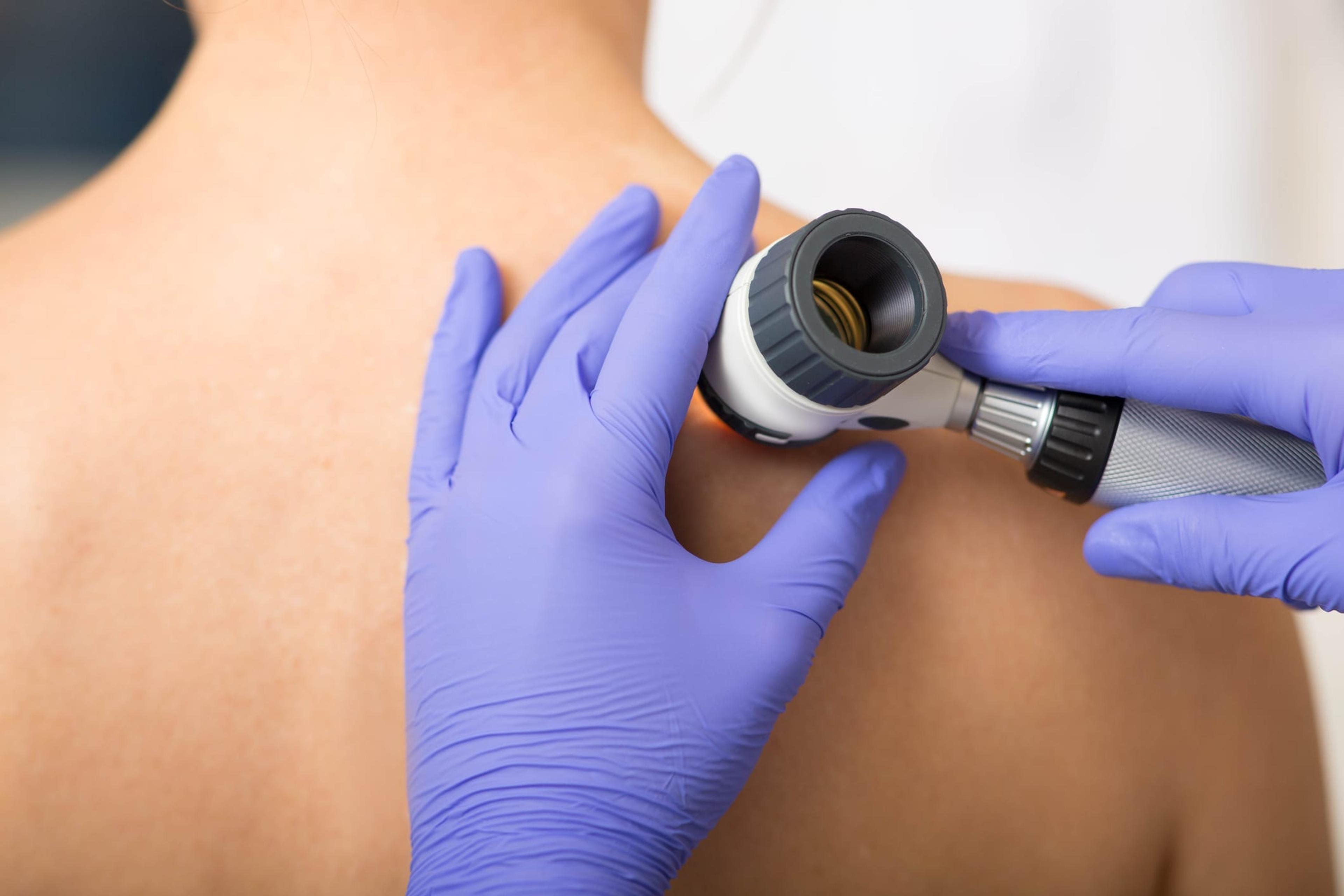What Happens During a Skin Cancer Screening?

Blue Daily
| 3 min read

Skin cancer is the most common type of cancer. In fact, one in five Americans will develop some form of the disease in their lifetime. There are many factors that can increase one’s risk such as fair skin, excessive sun exposure and family history. Most insurance plans cover skin cancer screenings or counseling as part of their preventive care. Here’s what patients can expect before, during and after the skin screening process:
1. Bring questions.
Throughout the year, it’s important to take note of any abnormal spots, moles, patches, or inconsistencies on the skin. No matter how big or small, bring them to the doctor’s attention for further analysis. Primary care clinicians can do basic preventive skin exams, while dermatology specialists are required for more complex problems.
2. Get undressed.
Skin is the body’s largest organ. It covers each person head-to-toe, which is the basis for the exam. Each patient will be required to undress and wear a medical gown. Then, the doctor will perform a visual inspection, usually with a magnifying glass to get a closer look at suspicious areas.
3. Prepare for inspection.
During a skin cancer exam, a doctor will survey surface-level markings, moles or unusual pigmentation. They will also look at the size, shape and texture of spots to determine severity. Special attention may be paid to frequently exposed areas like the arms, ears, scalp and fingers.
4. Review the findings.
Precancerous lesions or skin cancer can appear in many forms. Some of the most common being actinic keratosis, squamous cell carcinoma, basal cell carcinoma and melanoma. Actinic keratosis is a precancerous lesion characterized by rough, scaly patches, while a squamous cell carcinoma may start out as an actinic keratosis and become an abnormal growth. The most common form of skin cancer is basal cell carcinoma, while the most aggressive is melanoma. It develops in the skin’s pigment-producing cells (melanocytes) and can rapidly spread throughout the body.
5. Take the next steps.
After the exam, the doctor informs the patient of any findings that may be a cause for concern. If necessary, they will take reference photos and schedule a biopsy. This is when a portion of skin is removed and tested for cancerous cells. If the diagnosis is positive, the doctor and patient will discuss available treatment options.
Skin Cancer Prevention
Historically, skin cancer has been directly linked to sun radiation. That’s why it’s important to avoid overexposure, particularly during peak hours of the day from 10 a.m. to 4 p.m. This is when UV radiation is at its strongest.
Wear a broad-spectrum sunscreen with an SPF of at least 30. It should be applied multiple times throughout the day, especially if you are sweating or engaging in vigorous activity. In addition to sunscreen, clothing and accessories are an important barrier to protect skin from harmful overexposure.
Lightweight long-sleeved shirts and pants, as well as wide-brimmed hats and sunglasses with UV protection are encouraged. Certain wraparound glasses are known to block out 99% to 100% of UV radiation.
Read more:





